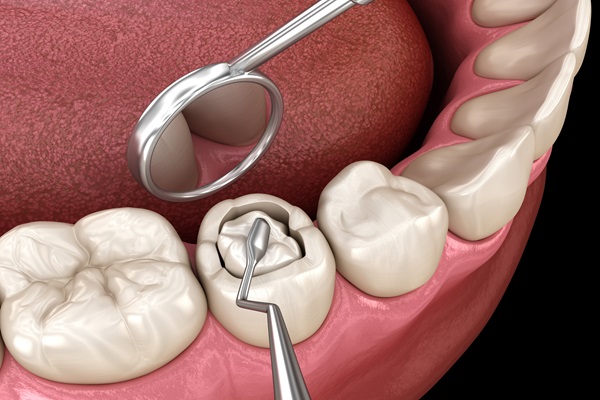A General Dentist Explains the Latest Generation of Tooth Composite Material

Tooth composite resins, or better described as filled resins or resin-based composites, are varieties of synthetic resins that function as restorative material or adhesives in general dentistry. Dental composite resins have specific properties that will help the patient, depending on the dental cavity. The micro-mechanic quality makes composite a more effective filler for minor cavities. Amalgam fillings are not as useful and may, therefore, fall out because of the macro-mechanic quality of amalgam.
These synthetic resins have developed as preferred restorative materials because they are insoluble, insensitive to dehydration, identical to the existing tooth, considerably inexpensive and easy to modify.
The latest generation – hybrid period
Hybrid composites were first developed in the 80s and are more popularly known as resin-modified glass ionomer cement (RMGICs). The materials were made of a powder with a radio-opaque fluoroaluminosilicate glass and a photoactive liquid stored in a dark bottle or capsule. The material was developed because resin composites were not independently suitable for Class II cavities – so RMGICs are used as an alternative.
This material or glass ionomer makes it possible to set the material using light activation (resin0, ensuring a longer lifespan. It also has the advantage of the glass ionomer component producing fluoride and has high-quality adhesive properties. RMGICs are now preferred over regular GICs for filling cavities. There is a significant difference between the initial and recent hybrid composites.
The advantage of recent composite materials
At first, resin-based composite materials are susceptible to leakage and breakage because they had weak compressive power. There were significant improvements in the 1990s and 2000s and composite materials now possess enough compression power for use in posterior teeth.
The latest generation of composite resins has minimal polymerization shrinkage and low coefficients of thermal shrinkage. This makes it possible to place them in high quantity while ensuring excellent adaptation to the cavity walls. The placement of composite resins demand careful attention to details, or it may fail too early. The tooth must be adequately dry during the procedure or the resin may not bond properly to the tooth.
The general dentist will place the composites when they are yet soft and dough-like, but after exposing them to a light of particular wavelength (usually 470nm), they polymerize and solidify into a strong filling. It can be difficult to harden the entire composite because the light cannot pierce into the composite beyond 2-3mm. If the amount of composite in the tooth is too thick, they will stay partly soft. The soft, unpolymerized composite could cause leaching of free monomers that may be toxic or could cause leakage of the bonded joint that could result in repeated dental infections.
If the cavity is deep, the general dentist should place the composite in multiple increments, curing each section after 2-3 fully before adding another layer. Additionally, the dental expert must be cautious about modifying the bite of the composite filling, which can be somewhat tricky. Overly high filling, even if subtle, can cause chewing sensitivity.
Final note
If properly placed by your general dentist, the latest generation of tooth composite material is strong and durable, is visually appealing, is comfortable and can survive up to 10 years or more.
Request an appointment here: https://www.emergencydentistinorlando.com or call Maitland Square Dentistry at (407) 337-1112 for an appointment in our Maitland office.
Check out what others are saying about our services on Yelp: Read our Yelp reviews.
Related Posts
The lifespan of a dental filling is limited. Due to normal wear and tear, a replacement may be necessary. When a filling deteriorates or comes loose, your tooth loses the protection that it has against injury and decay and will be more vulnerable to dangerous bacteria. To avoid more dental issues in the future, you…
A dental crown can save a tooth that is in danger of extraction. Dental crowns serve a dual purpose. They reinforce the tooth structure and improve the appearance of the smile at the same time. This means that a dentist could recommend a crown as a treatment for tooth decay or injury. A cosmetic dentist…
The time and effort that go into fitting a dental crown suggest a permanent restoration. Maybe it is the fact that installing a dental crown often requires multiple dentist visits. It could be the permanence that comes with the removal of enamel before the placement of a crown. Dental crowns that sit on dental implants…
A dental crown is a versatile restoration that can be used to address a wide range of dental issues like a cracked, chipped, decayed, deformed, or broken tooth. The crown covers up the part of the tooth that is visible above the gums, protecting it from further damage and acids made by oral bacteria.The severity…


